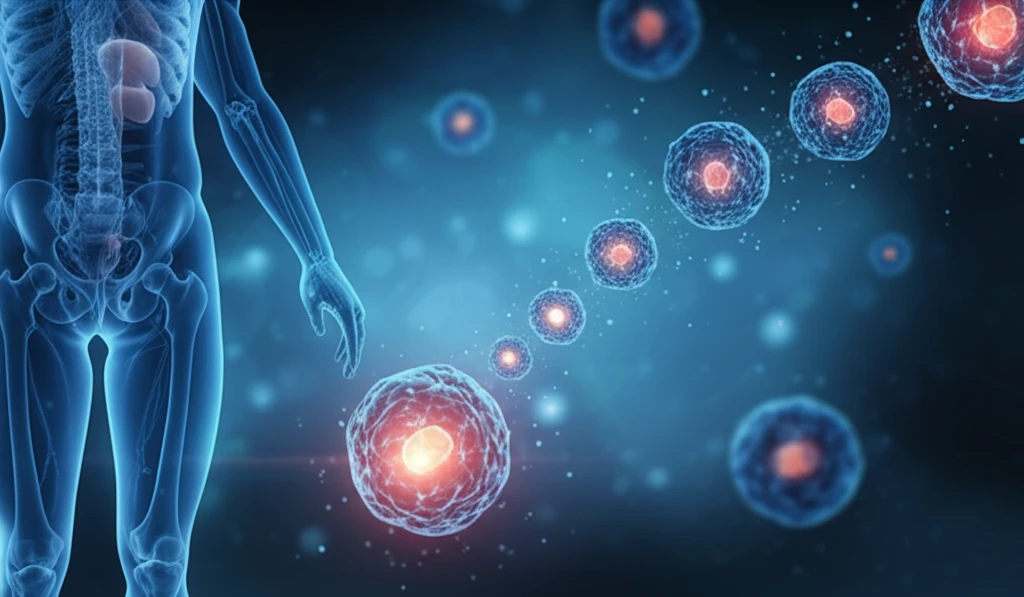
Smart Swelling: How Hydrogels Are Changing Drug Delivery
"Unlock the potential of polyacrylamide hydrogels in revolutionizing drug delivery systems – a deep dive into temperature and crosslinking optimization."
Hydrogels, three-dimensional networks of hydrophilic polymers, are revolutionizing various fields due to their ability to retain large amounts of water. These materials, known for their softness, flexibility, and biocompatibility, are ideal for applications such as drug delivery systems, contact lenses, and wound dressings. Researchers are constantly exploring new ways to enhance their properties and broaden their uses.
Traditional methods of creating hydrogel polymer networks include thermal polymerization and electromagnetic radiation exposure. A more recent technique gaining traction is photo-polymerization, prized for its fast reaction rate and ability to occur at room temperature without organic solvents. This method reduces environmental pollutants, aligning with green chemistry principles.
Eosin Y, a highly absorbent xanthene dye, is emerging as a key component in photo-polymerization. When combined with triethanolamine (TEOA) as a co-initiator and visible light, Eosin Y facilitates the creation of crosslinked polyacrylamide hydrogels. These hydrogels exhibit stimulus sensitivity, changing volume in response to external factors like temperature and pH, making them ‘smart’ materials.
Decoding the Science: How Temperature and Crosslinking Affect Swelling

Swelling behavior is key to hydrogel applications, especially in drug delivery. Researchers have traditionally studied crosslinked polyacrylamides made by thermal polymerization or UV radiation. These hydrogels' swelling depends on temperature and degree of crosslinking. This article analyzes the effects of visible light on polyacrylamide hydrogels, and determines how polymer chain structure affects swelling.
- Temperature: Higher temperatures generally lead to increased swelling, allowing for greater drug release.
- Degree of Crosslinking: A lower degree of crosslinking results in a looser network, facilitating higher swelling ratios.
- Eosin Y concentration: impacts the rate of polymerization and the final structure of the hydrogel.
The Future of Hydrogels: Precision Medicine and Beyond
With the ability to fine-tune hydrogel properties through adjustments in temperature, crosslinking, and visible light, the future of drug delivery looks promising. Researchers are continuing to explore these smart materials for precision medicine, creating tailored treatments that respond to individual patient needs. As technology advances, hydrogels have the potential to revolutionize medical treatments, offering improved efficacy and reduced side effects.
